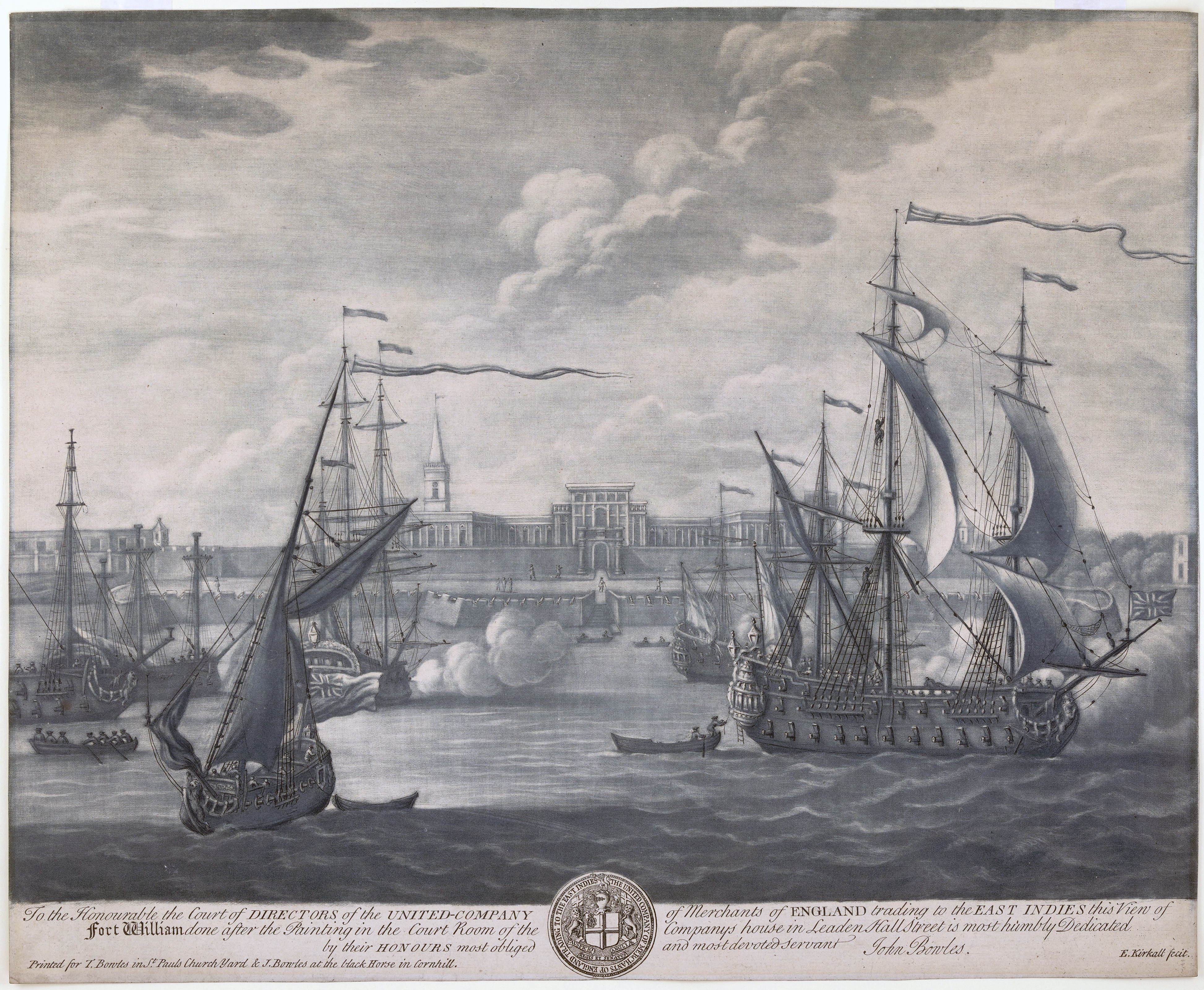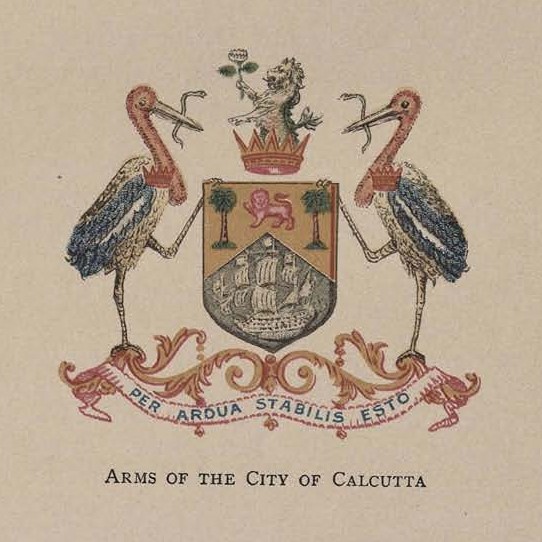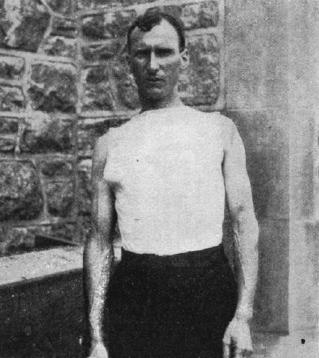|
Bidhubhushan Basu
Bidhubhushan Basu (1875-1972) was an Indian social worker, writer, and journalist working primarily in Bengali. Early life Basu was born on 27 May 1875 in Kanthal, Bagerhat District, Bengal Presidency, British India. He was raised by relatives after the death of his parents. Career Basu taught at Shivpur School, Calcutta where his students included Suniti Kumar Chatterji and Sushil Kumar De. His writings were published in the ''Sakha O Sathi'' magazine. He served as the editor of the ''Sanjibani'' and ''Pallichitra'' magazines. He was involved with the Swadeshi movement and wrote a number of nationalistic plays such as ''Dada'' in 1922 and ''Brahmacharini'' in 1925. Two of his plays, ''Mirkashim'' and ''Raktayajna'', were banned by the British Colonial government. He was arrested and imprisoned for four years for his story "Shikar". He was imprisoned again for taking part in nationalist movements in India in 1930. He was sued for his poem "Vote Ranga" by a zamindar A zamind ... [...More Info...] [...Related Items...] OR: [Wikipedia] [Google] [Baidu] |
Bengali Language
Bengali ( ), generally known by its endonym Bangla (, ), is an Indo-Aryan language native to the Bengal region of South Asia. It is the official, national, and most widely spoken language of Bangladesh and the second most widely spoken of the 22 scheduled languages of India. With approximately 300 million native speakers and another 37 million as second language speakers, Bengali is the fifth most-spoken native language and the seventh most spoken language by total number of speakers in the world. Bengali is the fifth most spoken Indo-European language. Bengali is the official and national language of Bangladesh, with 98% of Bangladeshis using Bengali as their first language. Within India, Bengali is the official language of the states of West Bengal, Tripura and the Barak Valley region of the state of Assam. It is also a second official language of the Indian state of Jharkhand since September 2011. It is the most widely spoken language in the Andaman and Nic ... [...More Info...] [...Related Items...] OR: [Wikipedia] [Google] [Baidu] |
Bagerhat District
Bagerhat District ( bn, বাগেরহাট, pron: ''bageɾɦaʈ'') is a district in south-western Bangladesh. It is a part of the Khulna Division. Geography Bagerhat district has a total area of 3959.11 square kilometres. It is bounded by Gopalganj District and Narail District on the north, The Bay of Bengal on the south, Gopalganj District, Pirojpur District and Barguna District on the east and Khulna District on the west. Main rivers of the district are Panguchi, Daratana, Madhumati River, Pasur River, Haringhata, Mongla River, Baleshwar, Bangra and Goshairkhali. History Bagerhat city is famous for its mosques. Muslim Saint Khan Jahan Ali founded this town. He was a saint of the 15th century, possibly of Turkic origin. At the time of his reign, Bagerhat was a part of the Sundarbans. He cleared the forest and made it habitable. He named it "Khalifabad". He erected many official buildings to run his administration. He also built many mosques and dug tanks. The buil ... [...More Info...] [...Related Items...] OR: [Wikipedia] [Google] [Baidu] |
Bengal Presidency
The Bengal Presidency, officially the Presidency of Fort William and later Bengal Province, was a subdivision of the British Empire in India. At the height of its territorial jurisdiction, it covered large parts of what is now South Asia and Southeast Asia. Bengal proper covered the ethno-linguistic region of Bengal (present-day Bangladesh and the Indian state of West Bengal). Calcutta, the city which grew around Fort William, was the capital of the Bengal Presidency. For many years, the Governor of Bengal was concurrently the Viceroy of India and Calcutta was the de facto capital of India until 1911. The Bengal Presidency emerged from trading posts established in Mughal Bengal during the reign of Emperor Jahangir in 1612. The East India Company (HEIC), a British monopoly with a Royal Charter, competed with other European companies to gain influence in Bengal. After the decisive overthrow of the Nawab of Bengal in 1757 and the Battle of Buxar in 1764, the HEIC expanded ... [...More Info...] [...Related Items...] OR: [Wikipedia] [Google] [Baidu] |
British India
The provinces of India, earlier presidencies of British India and still earlier, presidency towns, were the administrative divisions of British governance on the Indian subcontinent. Collectively, they have been called British India. In one form or another, they existed between 1612 and 1947, conventionally divided into three historical periods: *Between 1612 and 1757 the East India Company set up factories (trading posts) in several locations, mostly in coastal India, with the consent of the Mughal emperors, Maratha Empire or local rulers. Its rivals were the merchant trading companies of Portugal, Denmark, the Netherlands, and France. By the mid-18th century, three ''presidency towns'': Madras, Bombay and Calcutta, had grown in size. *During the period of Company rule in India (1757–1858), the company gradually acquired sovereignty over large parts of India, now called "presidencies". However, it also increasingly came under British government oversight, in effect shar ... [...More Info...] [...Related Items...] OR: [Wikipedia] [Google] [Baidu] |
Calcutta
Kolkata (, or , ; also known as Calcutta , the official name until 2001) is the capital of the Indian state of West Bengal, on the eastern bank of the Hooghly River west of the border with Bangladesh. It is the primary business, commercial, and financial hub of Eastern India and the main port of communication for North-East India. According to the 2011 Indian census, Kolkata is the seventh-most populous city in India, with a population of 45 lakh (4.5 million) residents within the city limits, and a population of over 1.41 crore (14.1 million) residents in the Kolkata Metropolitan Area. It is the third-most populous metropolitan area in India. In 2021, the Kolkata metropolitan area crossed 1.5 crore (15 million) registered voters. The Port of Kolkata is India's oldest operating port and its sole major riverine port. Kolkata is regarded as the cultural capital of India. Kolkata is the second largest Bengali-speaking city after Dhaka ... [...More Info...] [...Related Items...] OR: [Wikipedia] [Google] [Baidu] |
Suniti Kumar Chatterji
Bhashacharya Acharya Suniti Kumar Chatterjee (26 November 1890 – 29 May 1977) was an Indian linguist, educationist and litterateur. He was a recipient of the second-highest Indian civilian honour of Padma Vibhushan. Life Childhood Chatterji was born on 26 November 1890 at Shibpur in Howrah. He was the son of Haridas Chattopadhyay, an affluent Rarhi Kulin Brahmin. According to the family history, their ancestors were originally residents of a village named chatuti in the Rarh region of present-day West Bengal. During the Turkic invasion of Bengal in the thirteenth century, the Chatterji family left their ancestral village in West Bengal and took shelter in East Bengal. Later Professor Chatterji's great grandfather Sri Bhairab Chatterji, migrated to a village in the district of Hooghly from his ancestral village home in the district of Faridpur in East Bengal, now in Bangladesh. Bhairab Chatterji, like many other Kulin Brahmins of the day, subsisted mainly on polygamy. Bh ... [...More Info...] [...Related Items...] OR: [Wikipedia] [Google] [Baidu] |
Sushil Kumar De
Sushil Kumar De (29 January 1890 – 31 January 1968) was a Bengali writer from the early decades of the 20th century. Trained as a lawyer, with degrees in English and Sanskrit Poetics, he wrote extensively on Sanskrit Literature, Philosophy, Poetics, History of Bengali Literature, besides editing critical editions for a large number of Sanskrit and Bengali texts from manuscripts. He was professor of English literature at Calcutta University, and of Sanskrit and Bengali at Dhaka University. While at the latter post, he accumulated a large collection of palmleaf manuscripts. Life and career Sushil De was born in Calcutta in 1890. His father Satish Chandra De was a state surgeon, posted at Cuttack, Orissa, where he did his schooling at the Ravenshaw Collegiate School. Subsequently, he did his Intermediate and B.A. from Presidency College and M.A. in English from Calcutta University, and became a Premchand-Roychand scholar. In 1912, he completed his law degree from the Unive ... [...More Info...] [...Related Items...] OR: [Wikipedia] [Google] [Baidu] |
Swadeshi Movement
The Swadeshi movement was a self-sufficiency movement that was part of the Indian independence movement The Indian independence movement was a series of historic events with the ultimate aim of ending British Raj, British rule in India. It lasted from 1857 to 1947. The first nationalistic revolutionary movement for Indian independence emerged ... and contributed to the development of Indian nationalism. Before the BML Government's decision for the Partition of Bengal (1905), partition of Bengal was made public in December 1903, there was a lot of growing discontentment among the Indians. In response the Swadeshi movement was formally started from Town Hall Calcutta on 7 August 1905 to curb foreign goods by relying on domestic production. Mahatma Gandhi described it as the soul of swaraj (self-rule). The movement took its vast size and shape after rich Indians donated money and land dedicated to Khadi and Gramodyog societies which started cloth production in every household. ... [...More Info...] [...Related Items...] OR: [Wikipedia] [Google] [Baidu] |
British Raj
The British Raj (; from Hindi language, Hindi ''rāj'': kingdom, realm, state, or empire) was the rule of the British The Crown, Crown on the Indian subcontinent; * * it is also called Crown rule in India, * * * * or Direct rule in India, * Quote: "Mill, who was himself employed by the British East India company from the age of seventeen until the British government assumed direct rule over India in 1858." * * and lasted from 1858 to 1947. * * The region under British control was commonly called India in contemporaneous usage and included areas directly administered by the United Kingdom of Great Britain and Ireland, United Kingdom, which were collectively called Presidencies and provinces of British India, British India, and areas ruled by indigenous rulers, but under British British paramountcy, paramountcy, called the princely states. The region was sometimes called the Indian Empire, though not officially. As ''India'', it was a founding member of the League of Nations, a ... [...More Info...] [...Related Items...] OR: [Wikipedia] [Google] [Baidu] |
Zamindar
A zamindar (Hindustani: Devanagari: , ; Persian: , ) in the Indian subcontinent was an autonomous or semiautonomous ruler of a province. The term itself came into use during the reign of Mughals and later the British had begun using it as a native synonym for “estate”. The term means '' land owner'' in Persian. Typically hereditary, from whom they reserved the right to collect tax on behalf of imperial courts or for military purposes. During the period of British colonial rule in India many wealthy and influential zamindars were bestowed with princely and royal titles such as ''maharaja'' ( great king), ''raja/ rai'' (king) and '' nawab''. During the Mughal Empire, zamindars belonged to the nobility and formed the ruling class. Emperor Akbar granted them mansabs and their ancestral domains were treated as jagirs. Some zamindars who were Hindu by religion and brahmin or kayastha or kshatriya by caste were converted into Muslims by the Mughals. During the coloni ... [...More Info...] [...Related Items...] OR: [Wikipedia] [Google] [Baidu] |
1875 Births
Events January–March * January 1 – The Midland Railway of England abolishes the Second Class passenger category, leaving First Class and Third Class. Other British railway companies follow Midland's lead during the rest of the year (Third Class is renamed Second Class in 1956). * January 5 – The Palais Garnier, one of the most famous opera houses in the world, is inaugurated in Paris. * January 12 – Guangxu Emperor, Guangxu becomes the 11th Qing Dynasty Emperor of China at the age of 3, in succession to his cousin. * January 14 – The newly proclaimed King Alfonso XII of Spain (Queen Isabella II's son) arrives in Spain to restore the monarchy during the Third Carlist War. * February 3 – Third Carlist War – Battle of Lácar: Carlist commander Torcuato Mendiri, Torcuato Mendíri secures a brilliant victory, when he surprises and routs a Government force under General Enrique Bargés at Lácar, east of Estella, nearly capturing newly cr ... [...More Info...] [...Related Items...] OR: [Wikipedia] [Google] [Baidu] |
1972 Deaths
Year 197 ( CXCVII) was a common year starting on Saturday (link will display the full calendar) of the Julian calendar. At the time, it was known as the Year of the Consulship of Magius and Rufinus (or, less frequently, year 950 '' Ab urbe condita''). The denomination 197 for this year has been used since the early medieval period, when the Anno Domini calendar era became the prevalent method in Europe for naming years. Events By place Roman Empire * February 19 – Battle of Lugdunum: Emperor Septimius Severus defeats the self-proclaimed emperor Clodius Albinus at Lugdunum (modern Lyon). Albinus commits suicide; legionaries sack the town. * Septimius Severus returns to Rome and has about 30 of Albinus's supporters in the Senate executed. After his victory he declares himself the adopted son of the late Marcus Aurelius. * Septimius Severus forms new naval units, manning all the triremes in Italy with heavily armed troops for war in the East. His soldiers ... [...More Info...] [...Related Items...] OR: [Wikipedia] [Google] [Baidu] |







